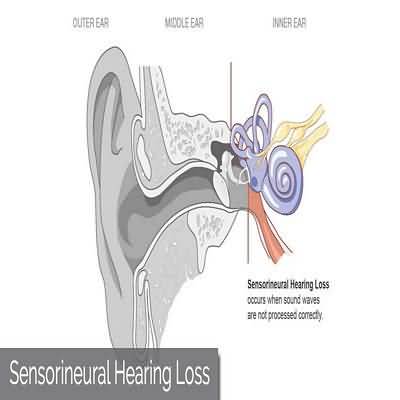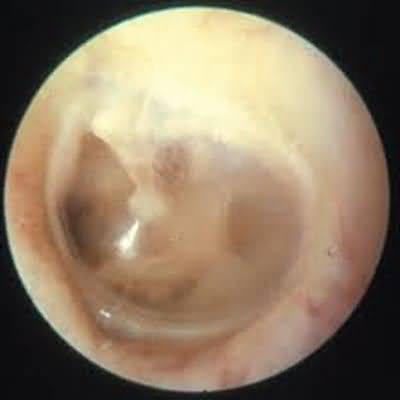Dry Eyes Keratoconjunctivitis Sicca
Dry Eyes Keratoconjunctivitis Sicca
This is a common disorder, affecting around 50% of older women. Hypofunction of the lacrimal glands, causing loss of the aqueous component of tears, may be due to aging, hereditary disorders, systemic disease (eg, Sjögren syndrome), or systemic drugs. Excessive evaporation of tears may be due to environmental factors (eg, a hot, dry, or windy climate) or abnormalities of the lipid component of the tear film, as in blepharitis.
Mucin deficiency may be due to vitamin A deficiency, or conjunctival scarring from trachoma, Stevens-Johnson syndrome and related conditions, mucous membrane pemphigoid, burns, or topical drugs or their preservatives.
Clinical Findings
The patient complains of dryness, redness, or foreign body sensation.In severe cases, there is persistent marked discomfort, with photophobia, difficulty in moving the lids, and often excessive mucus secretion.
In many cases, inspection reveals no abnormality, but on slit-lamp examination there are subtle abnormalities of tear film stability and reduced volume of the tear film meniscus along the lower lid.
In more severe cases, damaged corneal and conjunctival cells stain with the vital stains rose bengal and lissamine green. In the most severe cases, there is marked conjunctival injection, loss of the normal conjunctival and corneal luster, epithelial keratitis that stains with fluorescein and may progress to frank ulceration, and mucous strands.
The Schirmer test, which measures the rate of production of the aqueous component of tears, may be helpful.
Treatment
Aqueous deficiency can be treated with various types of artificial tears. The simplest preparations are physiologic (0.9%) or hypo-osmotic (0.45%) solutions of sodium chloride, which can be used as frequently as every half-hour, but in most cases are needed only three or four times a day. More prolonged duration of action can be achieved with drop preparations containing a mucomimetic such as hydroxypropyl methylcellulose (HPMC), carboxymethylcelluose (carmellose), sodium hyaluronate, polyvinyl alcohol, or polyacrylic acid (carbomers), or by using petrolatum ointment or a hydroxypropyl cellulose (Lacrisert) insert.Autologous serum eye drops may be used in severe cases. All these mucomimetics are particularly indicated when there is mucin deficiency. If there is tenacious mucus, mucolytic agents (eg, acetylcysteine 10% or 20%, one drop six times daily) may be helpful.
Artificial tear preparations are generally very safe and without side effects. However, preservatives included in some preparations to maintain sterility are potentially toxic and allergenic and may cause keratitis and cicatrizing conjunctivitis in frequent users. The development of such reactions may be misinterpreted as a worsening of the dry eye state requiring more frequent use of the artificial tears and leading in turn to further deterioration, rather than being recognized as a need to change to a preservative-free preparation.
Disease modification can be achieved with topical antiinflammatory agents such as lifitegrast 5%, an integrin antagonist; corticosteroids, of which loteprednol (Lotemax) is favored because of its low risk of intraocular adverse effects; or calcineurin inhibitors, of which cyclosporine 0.05% ophthalmic emulsion (Restasis) twice a day has been used most widely.
Diquafosol eye drops promote water transfer, rebamipide eye drops increase mucin secretion, and vitamin A is included in some artificial tear preparations. Increased dietary intake of omega-3 fatty acids has been reported to be beneficial. Lacrimal punctal occlusion by canalicular plugs or cautery is useful in severe cases.
Blepharitis is treated as described above. Associated blepharospasm may benefit from botulinum toxin injections.


















